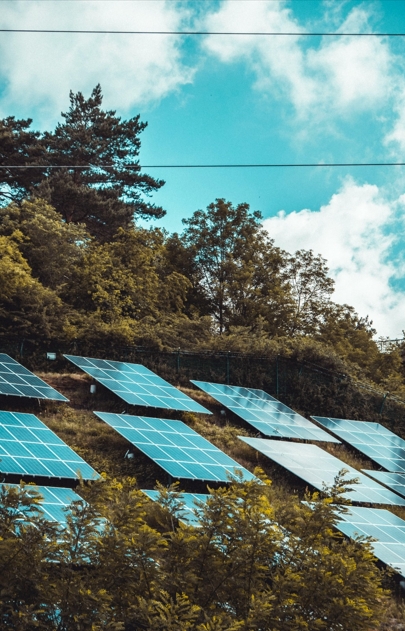

New EPO-EIB study on cleantech innovations
The most recent collaborative report released by the European Investment Bank (EIB) and the European Patent Office (EPO) offers a comprehensive overview of Europe’s cleantech pioneers, showcasing their work and the necessary support to bring their innovations to the market.
As per the report, over 750,000 inventions focusing on clean and sustainable technologies were published between 1997 and 2021, constituting nearly 12% of all inventions during this timeframe. The period from 2016 to 2021 witnessed a 33% increase in clean tech inventions, with nearly 55,000 inventions documented in 2021 alone.
From 2017 to 2021, EPO member states contributed 27% of all high-value cleantech inventions globally, as indicated by the number of international patent families (IPFs), with Germany, France, and the UK leading the regional contributions. On a global scale, Japan, the United States, and China continue to be major players, with China experiencing rapid growth in its clean tech sector in recent years.
More than 70% of companies patenting clean and sustainable technologies in the EU have less than 5,000 employees. While one-third of these companies currently focus on the national market, two-thirds see the EU as their primary future market. To enhance business prospects, EU cleantech innovators point to consistent regulation within the European Union and expedited access to funding as their most sought-after forms of policy support.
Clean and sustainable technologies are aimed at enhancing energy efficiency, utilizing sustainable resources, reducing pollution and waste, and addressing the adverse impacts of climate change. Leading the way is low-carbon energy technology, followed by clean mobility solutions. Alternatives to plastics are not far behind, with significant patent filings. Clean manufacturing, as well as construction, Information and Communication Technologies (ICT), and climate change adaptation technologies, also exhibit notable patent activity, with various growth patterns in different sectors.
